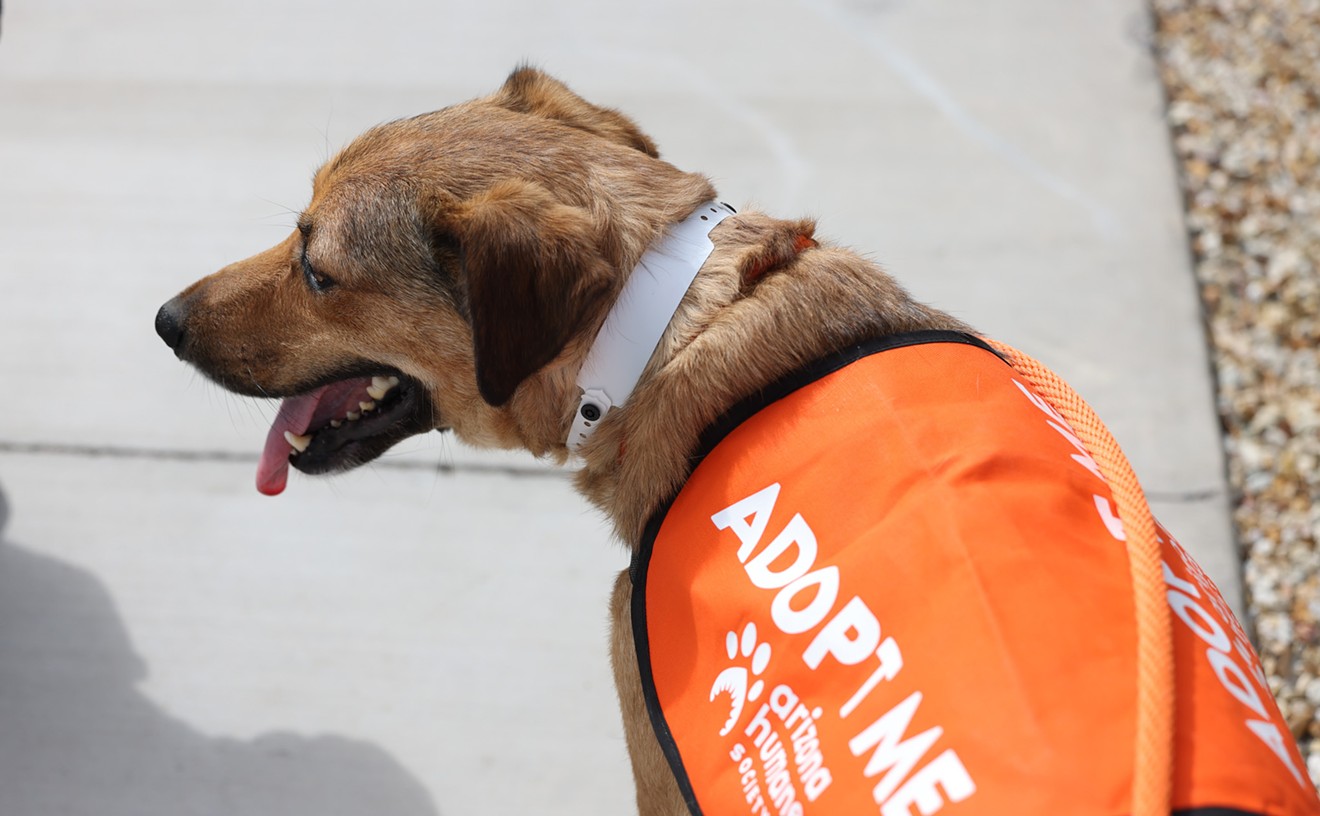The 2016 edition of New Times' Best of Phoenix is out now, featuring a series of "as told to" profiles that explore how our city's proximity to Mexico makes it better.
I tell people this all the time: I was forced into flamenco dancing. I was 9 years old, and there was this summer program at Tucson Parks and Rec. I wanted to watch TV all summer, but my mom opened up the dance section of this catalog and told me to choose something. I was refusing to even pay attention. I finally did eeny-meeny-miny-moe, and landed on flamenco dancing. I fell in love with it, and I’ve been a student and an artist ever since.
I didn’t know what flamenco was at all. I’d never heard of it. Flamenco was not something I did with my family. It wasn’t until later in my life that I found out my great-aunt studied Spanish dancing.
I can’t believe I’ve lived in Phoenix now for 12 years. Time goes by so fast. I’m from Tucson, and it’s very different here. Our downtown scene has become significantly more exciting. I lived in Scottsdale for a few years, but after I moved to central Phoenix I felt like my career took off. I stumbled into this downtown hub of the arts, and it’s changed how I want to share flamenco with other people.
Flamenco Por La Vida debuted in 2009. Doug Robson had Gallo Blanco restaurant, and he was looking for live acts. I started a flamenco class I taught on Wednesday, and that became a flamenco show every Saturday, with four musicians, two singers, and multiple dancers. We were there for five years. Now we’re at Doug’s other restaurant, Otro Cafe, and we’ve been doing another weekly show at Crescent Ballroom for four years now. We have a performance company and a student company that performs at community events.
Olivia Rojas is my business partner. She’s the co-owner, the manager, but she’s also an amazing singer. When you come to see us perform and there’s this beautiful singer, that’s Olivia. We talk a lot about how people don’t know much about flamenco. It’s never stopped in time, it’s always evolved. It’s about more than bright costumes and swift movements and Spanish guitar. All those elements very much exist, but flamenco is not just a dance. It’s a way of communicating, a lifestyle. A way to interact with a community. There are so many elements to flamenco that once you are in, it, it doesn’t matter if you are a dancer, a singer, or a musician — you can just be a student, and it never stops. You never stop learning about it.
There’s a secret language to flamenco. But outside of Spain, we experience it as an art form. My father was born in Nogales, and I am a Mexican American, studying a Spanish art form. It makes me aware of how Spanish culture is different than Mexican culture, yet there’s the same language and dialects, the same passion for life. I definitely didn’t see any of that education coming when I was 9 years old and my mother was forcing me to take a summer dance class, any dance class. I’m really glad she did. — As told to Robrt Pela










